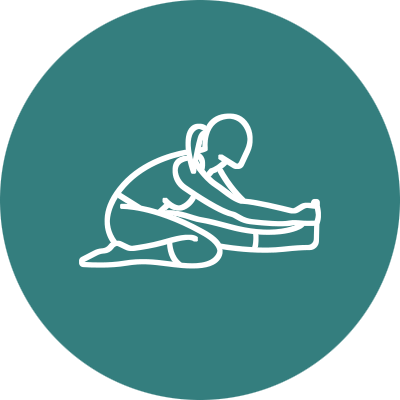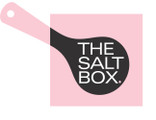ZECHSTEIN MAGNESIUM
pure and natural

There's a thick layer of salt deep below the surface of the Northern Netherlands.
It is mostly made up of rock salt, which is the same as table salt. In most places there is also a thin layer of potassium salt. But it's only under the town of Veendam that you will find a rich deposit of magnesium chloride, formed over 200 million years ago, as the ancient inland Zechstein Sea evaporated.1
Over time, the Zechstein salt beds were covered by layers of sand and clay, protecting the Magnesium Chloride from the pollutants and contaminants of the modern world. This special deposit of Magnesium Chloride was only discovered in the late 1990’s, and The Salt Box is the only company which distributes Zechstein Magnesium in Australia.
Despite being an extremely pure product, Zechstein only specialise and recommend topical (external) use and hence do not recommend to be taken internally.
The facts
- The Zechstein Source produces the most pure and natural Magnesium Chloride.
- Zechstein Magnesium Chloride is from an ancient source, deep in the earth, and therefore free from pollutants and contaminants.
- The Zechstein Sea existed approx 250 million years ago.
- The Zechstein Sea is located in the North West of Europe, at a depth of approx. 1600m below the surface.
- The density of the brine (magnesium oil) is higher than 1.3 kg/l (31%).
What is Magnesium?
...and why is it essential?
Magnesium (mg2+) is an essential ion for health. It plays an important role in the physiological function of the brain, heart, and skeletal muscles. Magnesium also has anti-inflammatory properties.2
Magnesium is required for energy production, oxidative phosphorylation, and glycolysis. It contributes to the structural development of bone and is required for the synthesis of DNA, RNA, and the antioxidant glutathione. Magnesium also plays a role in the active transport of calcium and potassium ions across cell membranes, a process that is important to nerve impulse conduction, muscle contraction, and normal heart rhythm.3
Magnesium deficiency in Western Cultures
Recent reports estimate that at least 60% of Americans do not consume the recommended daily amount of Magnesium.4
Over the last 40 years, the content of Magnesium in fruits and vegetables have decreased by more than 30% due to deficiencies of magnesium in the soil.5 In addition, the western diet now contains reduced levels of wholegrains, leafy greens and nuts – which are foods all rich in magnesium.
Recommended Dietary Allowances (RDAs) for Magnesium is 420mg for men and 320mg for women.6
Benefits of Magnesium

Improved recovery from tired and sore muscles

Relief for restless leg syndrome and cramps

Improved sleep and reduced stress

Relief for skin conditions; such as eczema and psoriasis

Improved mood and energy levels
Topical Dosage Forms
The topical use of magnesium as a therapy was first recorded in 1697, when Epsom Salt (Magnesium Sulphate) was extracted from a well in Epsom. It was used to treat abdominal pain, constipation, sprains, muscle strain and cerebral edema.7
Today, transdermal absorption of magnesium is considered an effective method to boost your levels of this essential mineral. Magnesium Chloride is often the preferred format for use as it has been reported to have greater levels of effectiveness and reduced toxicity compared to other magnesium forms.
Zechstein Magnesium is available in many formats to suit your lifestyle. Magnesium Flakes can be dissolved in a bath or foot soak, magnesium oil and gels can be rubbed into the skin and muscles.
Note: Magnesium flakes may become moist when in contact with the air and this is absolutely normal and won't have any bearing on the product's integrity. We recommend keeping the product in a sealable bag or container to minimise contact with the air.

- The origin of the magnesium chloride under Veendam Author: Prof. dr. Janos L. Urai
- MAGNESIUM IN MAN: IMPLICATIONS FOR HEALTH AND DISEASE Jeroen H. F. de Baaij, Joost G. J. Hoenderop, and René J. M. Bindels
- https://ods.od.nih.gov/factsheets/Magnesium-HealthProfessional/
- MAGNESIUM IN MAN: IMPLICATIONS FOR HEALTH AND DISEASE Jeroen H. F. de Baaij, Joost G. J. Hoenderop, and René J. M. Bindels
- A study on the mineral depletion of the foods available to us as a nation over the period 1940 to 1991. Ministry of Agriculture Fisheries and Foods and the Royal Society of Chemistry: Authors R.A. McCance and E.M. Widdowson
- https://ods.od.nih.gov/factsheets/Magnesium-HealthProfessional/
- MAGNESIUM IN MAN: IMPLICATIONS FOR HEALTH AND DISEASE Jeroen H. F. de Baaij, Joost G. J. Hoenderop, and René J. M. Bindels




